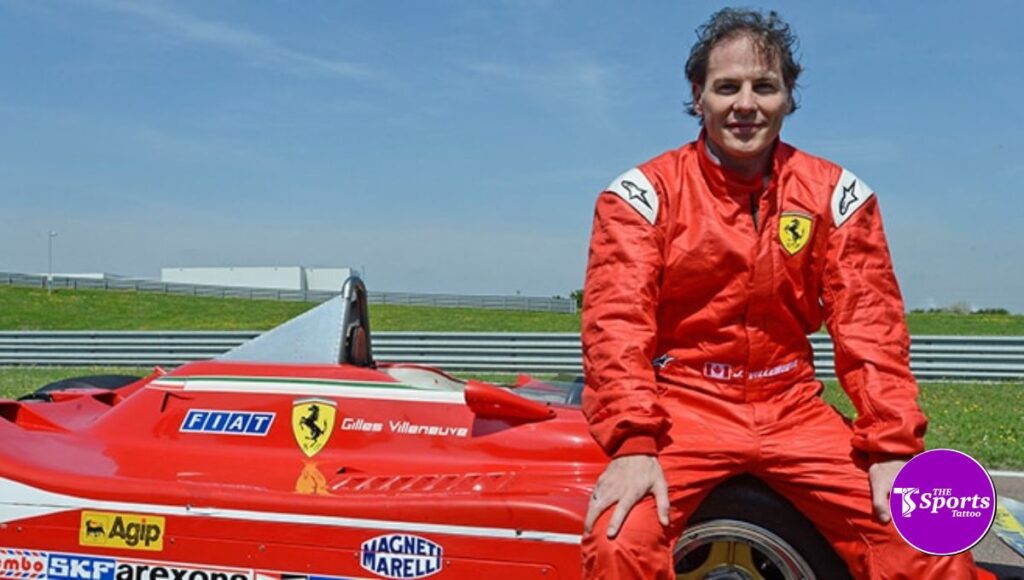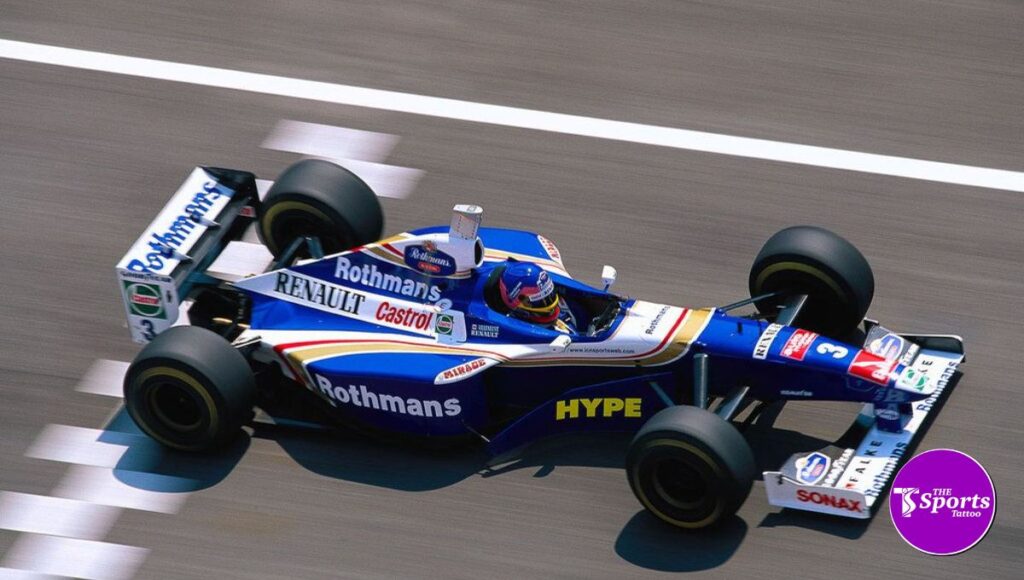Jacques Villeneuve Biography: Jacques Villeneuve is a professional racing driver and amateur musician from Canada who won the Formula One World Championship with Williams in 1997. He has also competed in other types of motor racing, winning the 1995 Indianapolis 500 and the 1995 PPG Indy Car World Series in addition to Formula One.
Jacques Villeneuve Biography
Jacques Villeneuve Biography: Jacques Joseph Charles Villeneuve was born in Saint-Jean-sur-Richelieu, Quebec, Canada, on April 9, 1971, to Joann Barthe and Gilles Villeneuve. His father was a Ferrari racer, as was his uncle, Jacques Sr, who also participated in motor racing, and both introduced him to the sport at a young age. He attended the prestigious boarding Collège Alpin International Beau Soleil after moving to Monaco on the French Riviera at the age of seven. As a child, Villeneuve excelled in various sports, including motocross, water skiing, ice hockey, and base jumping. Villeneuve raced go-karts with his uncle as a child and remained interested in professional racing until his father died in 1982.

Jacques Villeneuve Wiki
| Name | Jacques Villeneuve |
| Date Of Birth | April 9, 1971 |
| Birth Place | Saint-Jean-sur-Richelieu, Quebec, Canada |
| Height | 5′ 6″ |
| Weight | 67kg |
| Zodiac Sign | Aries |
| Profession | Racing Driver |
| Net Worth | $50 Million |
| Car Collection | N/A |
Jacques Villeneuve Personal Life
Following his engagement to Montreal college student Sandrine Gros D’Aillon, Jacques Villeneuve began dating Danni Minogue, the sister of pop superstar Kylie Minogue. In 2012, he married the Brazilian Camila Andrea López Lillo, with whom he had two daughters and a son from his current partner Giulia Marra.
Also Read: Pastor Maldonado Biography, Wiki, Height, Weight, Racing Career & Family
Jacques Villeneuve Net Worth
Jacques Villeneuve is a Canadian race car driver with a net worth of $50 million.
Jacques Villeneuve Career
The Williams F1 team and engine supplier Renault, were interested in Villeneuve to replace David Coulthard at the beginning of 1995. F1’s commercial rights proprietor, Bernie Ecclestone, saw this as an opportunity to lure Villeneuve away from CART, despite Team Green’s wish to remain in America. In August 1995, technical director Patrick Head and team principal Frank Williams handed Villeneuve an FW17 test at the Silverstone Circuit in Britain. Two seconds slower than race car driver Damon Hill. Midway through 1995, negotiations between Villeneuve’s representatives resulted in Villeneuve signing a contract for the 1996 and 1997 seasons, with an option for 1998. During the six-month preseason, Frank Williams sent him to cover 6,000 miles (9,700 kilometers) in testing on permanent European racing circuits. He also prepared by learning the courses through a simulation computer game.

Villeneuve threatened to quit F1 and return to CART if the 1998 season introduced grooved tires and narrower cars. Despite the adoption of these modifications, he remained at Williams with Frentzen. After Renault departed from Formula One after the 1997 season, Villeneuve’s FW20 was equipped with Mecachrome engines that were a year old and proved to be uncompetitive. He scored points in nine Grands Prix, including a season-high third at the German Grand Prix and the following Hungarian Grand Prix. During practice for the Belgian Grand Prix, he lost control of his vehicle in the Eau Rouge corner. He collided backward into the barrier at approximately 170 miles per hour (270 kilometers per hour). Villeneuve had no injuries. He finished fifth in the Drivers’ Championship with 21 points.
Villeneuve took a sabbatical following his release from BAR. He considered NASCAR a new endeavor, but no teams approached him. Villeneuve believed senior officials from BAR and Williams would want to sign him to their respective teams after speaking with them, but neither took place. Upon realizing that no competitive team would employ him, he and Pollock met Sauber team owner Peter Sauber in Hinwil, Switzerland, in the middle of 2004. Impressed by Sauber’s professionalism, he inked a two-year contract the following month to drive for Sauber beginning with the 2005 season and to assist the team in attracting new sponsors and partners.




